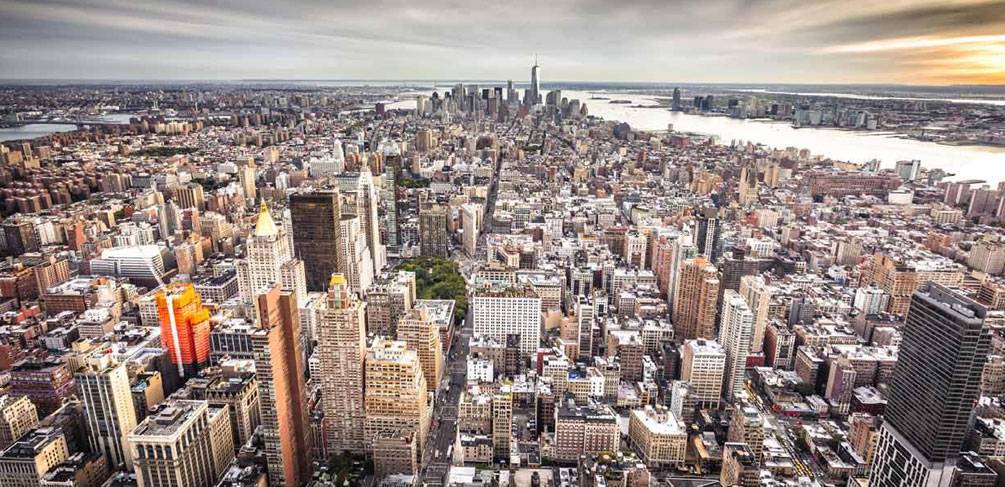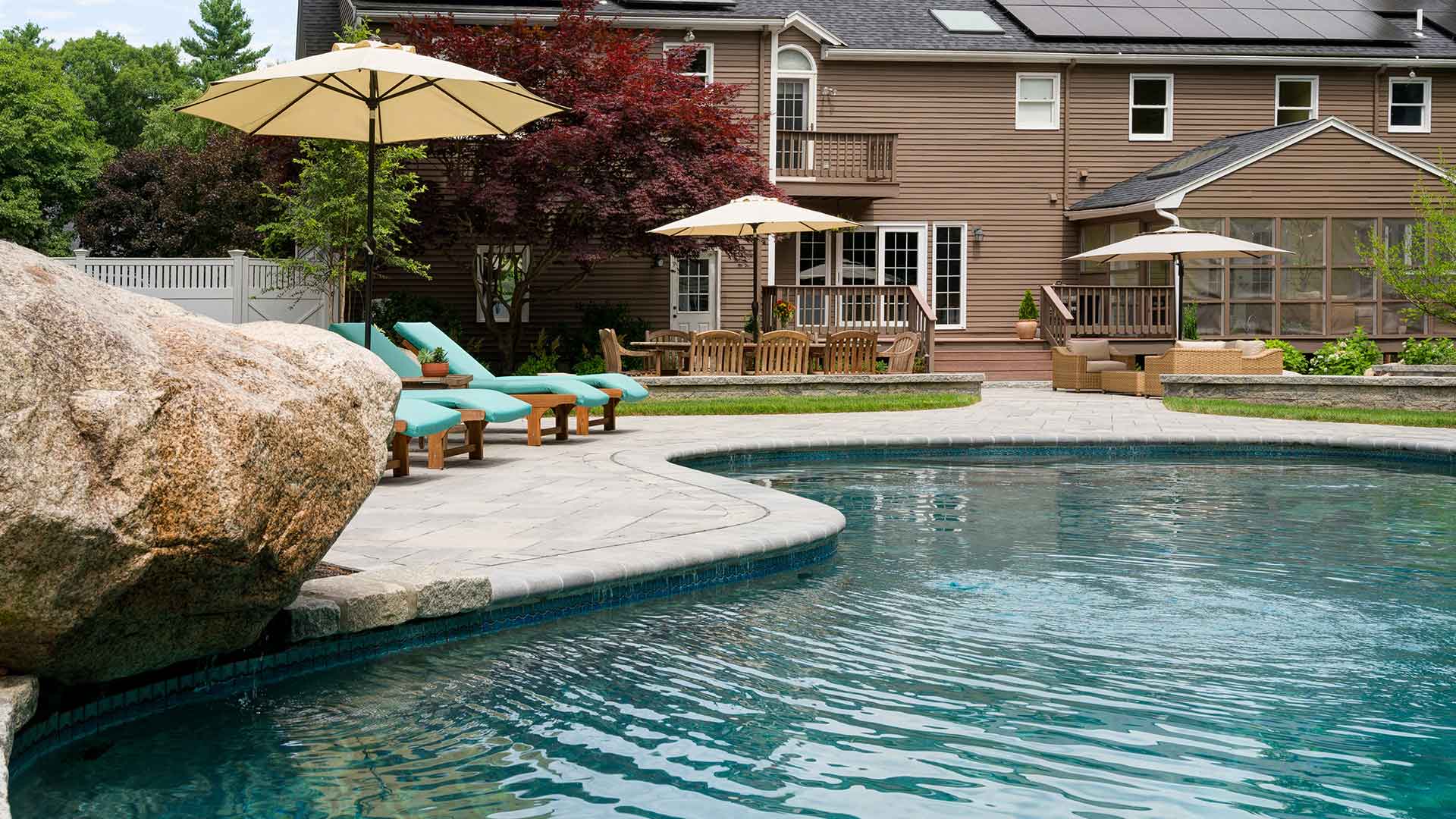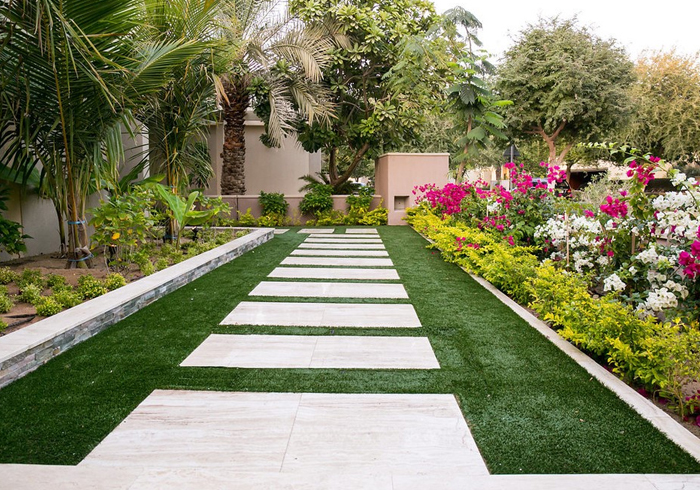The Only Guide for Landscape Design
Table of ContentsLandscape Design Things To Know Before You Get This5 Simple Techniques For Landscape DesignThe Single Strategy To Use For Landscape DesignThe smart Trick of Landscape Design That Nobody is Talking AboutA Biased View of Landscape Design
Official style theme. Credit Scores: Gail Hansen, UF/IFAS The yard is an extension of the home where a range of tasks happen. A lawn can generally be separated right into 3 locations: public (the front lawn), personal (the backyard), and solution (usually the side yard). The location of task areas depends primarily on the sort of location, the size of room required, the kind of task, and the wanted distance to other tasks and structures.The outdoors wall of your house typically functions as the very first wall or beginning factor of an outdoor space. Incompatible usages should be separated, and relevant activities, such as food preparation and dining, must be created to make the backyard much more efficient and enjoyable. When utilizing hardscape to develop spaces, utilize building and construction material similar to that made use of in your home for continuity from your house into the garden.
Connected rooms. Credit Scores: Gail Hansen, UF/IFAS Making use of comparable hardscape features and repeating plants draws the eye around the yard. Important points along the means can be stressed with plantings or functions that draw focus and encourage motion in a certain instructions. Moving along the path takes an individual from one area to the following and permits the user to have a variety of experiences.
Little Known Facts About Landscape Design.

For psychological convenience plants are made use of as physical or implied barriers for personal privacy and security. Physical barriers obstruct both the view and access to a room and include fences, wall surfaces and plant hedges. Implied barriers, typically reduced expanding plants, block accessibility however not the view (Number 9). Other functions of plants consist of cleaning up the air, avoiding erosion and dirt loss, keeping wetness in the soil, and returning natural matter to the dirt.
Physical and suggested obstacles. Credit Score: Gail Hansen, UF/IFAS For these reasons, the kinds of plants to be used (such as trees, hedges, or groundcovers) ought to be picked in the onset of preparation (Landscape Design). Plant types are picked for their practical capabilities to make sure that their future function and required area can be considered at the very same time

The Landscape Design PDFs
Each plant mass remains in front of, behind, or alongside, informative post an additional mass. Figure 11. Horizontal plant layers. Credit: Gail Hansen, UF/IFAS Figure 12. Upright plant layers. Landscape Design. Credit: Gail Hansen, UF/IFAS Duplicating plants within a mass and repeating masses Clicking Here with comparable plants links the yard with each other. The individual plant features should be taken into consideration to effectively layer and mass plants.
All plant compositions begin with the main structure plants, the huge, primarily evergreen history plants-such as the trees and huge hedges. These plants different or enframe rooms, control the size of the space, and supply the beginning factor for picking the appropriate qualities of the 2nd layer, midground plants, for massing and infill.
Crucial factors in the yard need to be highlighted by the usage of one-of-a-kind plants, unique frameworks, or garden accessories. Noting thresholds or entrances to spaces can be done with gateways, arbors, and actions, or with using unique and vivid plants. The kind and/or style theme of the yard will certainly usually aid determine the important factors and just how they find this should be highlighted.
Various other crucial locations in the yard are focal factors, which is utilized to visually organize a landscaped location. Various perspectives or viewpoints can expose various make-ups in the landscape that may require a selection of focal points.
The 45-Second Trick For Landscape Design

Plant types. Debt: Gail Hansen, UF/IFAS After kind, structure is the next dominant feature of a plant; coarse, tool and fine textures can be utilized for contrast and focus in the landscape.
The positive aroma of plants, the noise of wind in the trees, the noise and structure of water, and the colors and structures of sculptures, pots and garden furniture all contribute to the experience of the yard. One detail that is frequently forgotten is the impact of light on the appearances of the plants.

The Buzz on Landscape Design
It is vital to understand the ultimate fully grown size of plants so they can be positioned in the right place and spaced correctly when they are mounted. Offering plants space to expand is a challenge since the usual fully grown dimension is usually based upon optimum expanding conditions and the environmental conditions of a website may create a plant to grow larger or stay smaller sized.